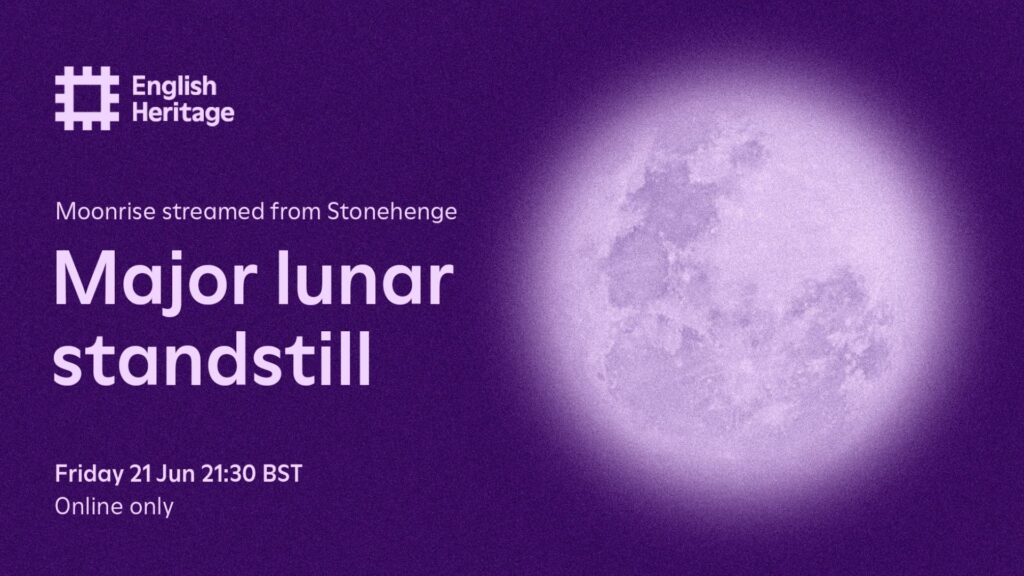What is the “major lunar shutdown”, which is occurring this June 21, 2024 when the last time was in 2006? Why is this also of interest to archaeologists? Where to observe it?
It is definitely the time of rare celestial phenomena to observe. After the Northern Lights, this time it is a “lunar stop” (or lunistice) at its peak. A first since… 2006, 18 years ago! But what exactly are we talking about?
A “major lunar shutdown” (major lunar standstill, in English) corresponds to the time when the Moon rises and sets at its most extreme points on the horizon, and reaches its highest point in the sky. This is also when the Moon stays in the sky the longest, precisely because it rises and sets at its most extreme points on the horizon line.
Everything is linked to the inclinations of the stars in relation to the ecliptic plane of the solar system. Indeed, the major lunar shutdown occurs when the respective inclinations of the Earth and the Moon are each at their maximum. If the last such event occurred 18 years ago, that’s normal: it happens every 18.6 years. The next one will be in 2043.
A major lunar shutdown doesn’t change anything about the nature of our natural satellite that day, except that it moves higher than ever in the sky and stays there longer. It is a spectacle in itself for lovers of the celestial vault. The Moon will potentially illuminate more, too, due to its very high position and the duration of its presence in the sky.

Where to observe the major lunar shutdown of 2024?
No special equipment is required to observe this major lunar shutdown phenomenon. Likewise, your viewing location doesn’t matter. Only weather conditions will have an impact, because the clouds can hide our natural satellite, no matter how high it is.
On the other hand, there is one place where the spectacle promises to be particularly poetic, where astronomy and archeology come together: Stonehenge. “ A project has been launched to study the lesser-known links that could exist between the monument and the Moon during a rare lunar event », Reports the Guardian.
“ Some experts believe that the people who built the monument were aware of the major lunar shutdown and may have buried their dead in a particular part of the site because of its relationship to the phenomenon. » And for good reason, as Clives Ruggles, professor of archaeoastronomy, explains: “ The station stones [pierres de position, situées à distance du monument central, ndlr] align with the extreme positions of the moon, and researchers have debated for years whether this was deliberate, and if so, how it was achieved and what its purpose might have been “.
And we have good news: major lunar stoppage will be filmed at Stonehenge. We owe it to English Heritage, via their YouTube channel. To follow this live:
Experts from the Royal Astronomical Society and several British universities will comment on the event (in English). The channel regularly broadcasts astronomical events by filming them from Stonehenge, as was the case yesterday for the summer solstice.
Subscribe for free to Artificielles, our newsletter on AI, designed by AIs, verified by Numerama!
